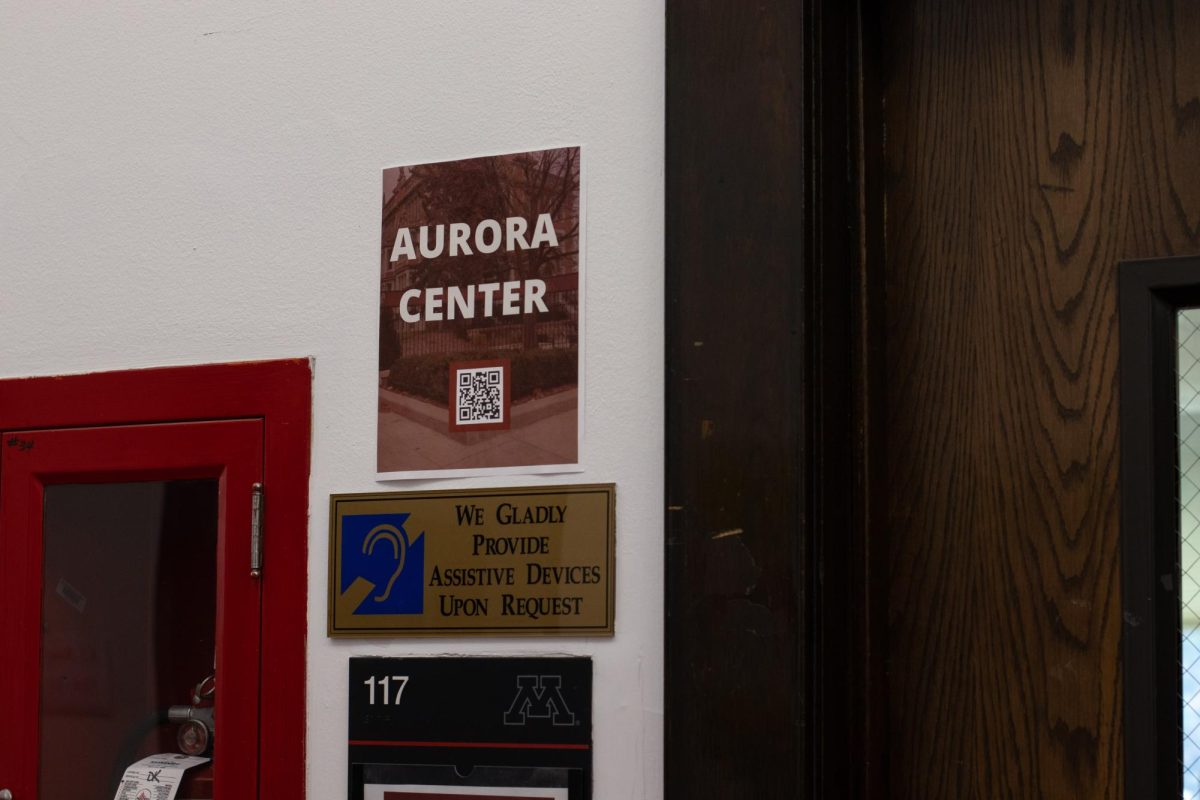In America, education is supposed to be the great equalizer, the key that unlocks opportunity, no matter where you come from. However, that key is broken for too many students, particularly those in low-income neighborhoods. School funding inequity is one of our time’s most pressing civil rights issues, and it’s time we faced it head-on.
Public schools in the U.S. are primarily funded by local property taxes, which creates massive disparities in resources between wealthy and low-income areas. In affluent communities, high property values lead to well-funded schools with updated technology, extracurricular activities and well-paid, experienced teachers. However, in low-income neighborhoods with lower property values, schools often lack essential resources — outdated textbooks, deteriorating buildings and underpaid staff struggling to do more with less.
This system is not only unfair, it’s a failure of our values. When we allow the quality of education a child receives to depend on their zip code, we perpetuate cycles of poverty and inequality. The consequences of this underfunding are clear: students in low-income schools consistently perform worse on standardized tests, have lower graduation rates and face more barriers to college admission. The gap in funding creates an opportunity gap.
But the stakes go even further.
According to a 2019 report by EdBuild, predominantly nonwhite school districts get $23 billion less in funding compared to predominantly white school districts, even though they serve the same number of students. This is more than just a funding issue, it’s a racial justice issue. By underfunding schools in communities of color, we are telling those children that their futures matter less.
We cannot stand by while this inequity persists.
The time for action is now. It’s time for states to take bold steps toward funding reform, ensuring that every school, no matter its location, receives the resources necessary to help all students thrive. States like New Jersey and Massachusetts have led the way by adopting school funding formulas that allocate more resources to districts with more significant needs. But this can’t just be a state-level fix. We need federal action to ensure that education funding is equitable across the country.
The federal government can also play a critical role by increasing funding for Title I schools, which serve many low-income students. Programs like these help level the playing field but are not enough. We need sustained investment to close the gap and give every student a fair chance at success.
Our children deserve better. They deserve an education system that lives up to the promise of equal opportunity. As citizens, we have the power to make this change happen. Advocate for fair funding policies, vote for leaders who prioritize education equity and hold your local and state governments accountable.
The future of our country depends on the education we provide for our children today. Let’s ensure every student has the tools they need to succeed no matter where they live.
Samson Williams is a graduate student at the Humphrey School of Public Affairs pursuing a Master of public policy and is an advocate for education equity and civil rights.








Steve Hauser
Sep 25, 2024 at 5:00 pm
I ask readers: Is closing the achievement gap our greatest educational problem at the secondary level?